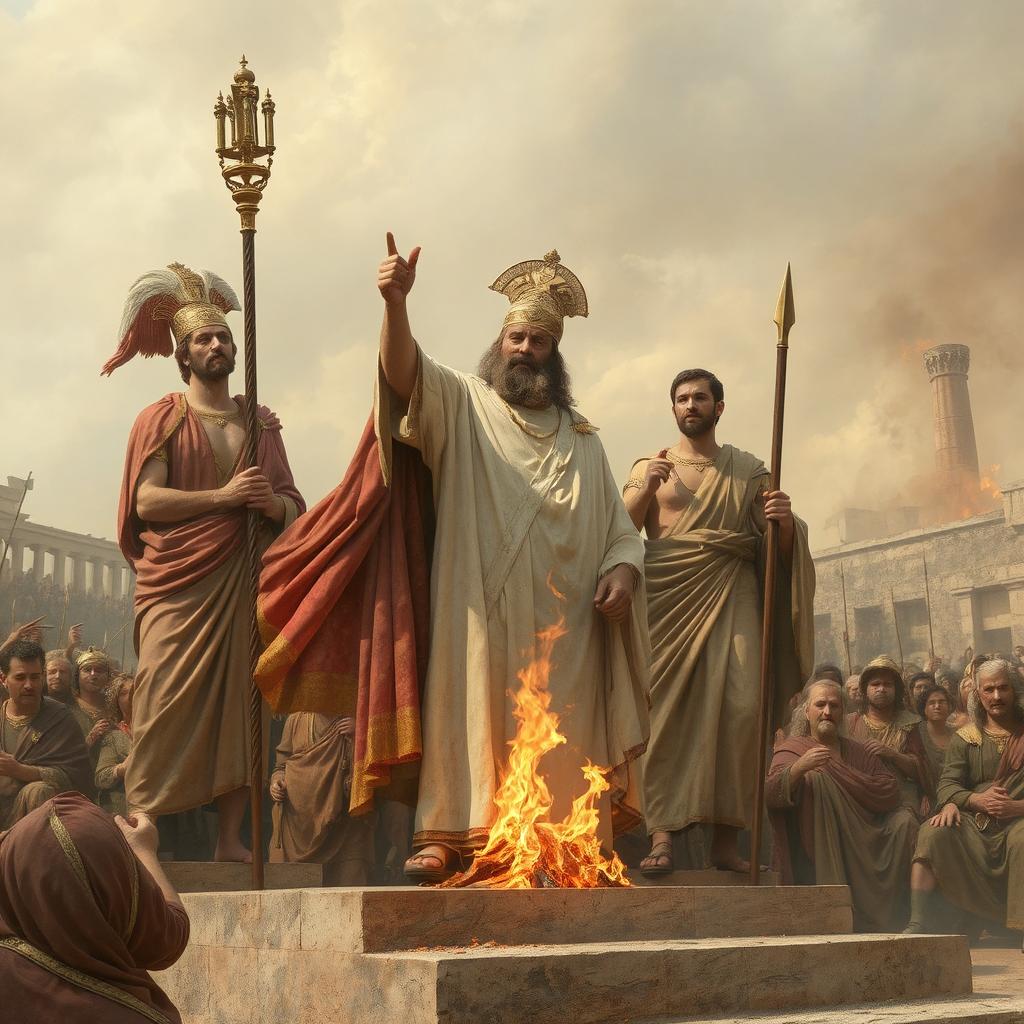The Pontifex Maximus, an office that has lasted for 2,700 Years

Not many people know this, but the Pope holds the oldest institutional title in the Western world. It’s not “Pope,” actually. It’s Pontifex Maximus. And no, it wasn’t invented by the Church—it goes all the way back to the founding of Rome.
The pontifex, literally the “bridge-builder,” was the priest who maintained the connection between human and divine, between the city and the gods. Not by preaching, but by knowing the rites, the correct gestures, the sacred calendars. In early Rome, it was a technical job. Spirituality had more to do with timing and tradition than emotion or personal faith.
By the time of the Republic, the Pontifex Maximus had become the most prestigious religious office. He was in charge of public rituals, oversaw marriages and funerals, managed the calendar, and gave religious legitimacy to political events. Julius Caesar was Pontifex Maximus. So was Augustus, who, after becoming emperor, ensured that this title—and its symbolic power—would belong to the head of the Roman world forevermore.
And it did. Until 370 CE, when Emperor Gratian, already a Christian, decided to renounce the pagan title. But it didn’t disappear. He left it, quietly and symbolically, to the Bishop of Rome. Since then, the Popes have been Pontifices Maximi—“supreme bridge-builders.”
The robe changed color, the temples became basilicas, and the gods turned into saints, but the structure remained astonishingly similar. One man in Rome, wrapped in a robe, speaking Latin, guiding an empire—not of armies now, but of consciences.
Is it too much to say that the Church is the rebranded Roman Empire? Probably. (Let’s not push it, or we’ll get ourselves excommunicated.) But it’s certainly a fascinating continuity. The Christian world didn’t just inherit the faith of the apostles—it also inherited the organizational genius of Roman religion. Sacred offices, rituals, hierarchies. The shell stayed; the soul evolved.
And yet, there’s something touching about this continuity. For 2,700 years, we humans have looked for someone to build bridges for us. Between us and the divine. Between the visible and the invisible. Between despair and hope.
Maybe we still need that. Or maybe not in the form of a man in white on a balcony. Maybe we need to become our own pontifices. Build our own bridges. Between our inner chaos and our forgotten dreams. Between who we are and who we could become.
When we feel spiritually lost, what we long for isn’t always religion. Sometimes it’s simply a path forward. A meaningful gesture. A rhythm. A connection. Something sacred, but grounded. A bridge.
And perhaps that’s the true lesson of this ancient office: that each of us, in some moment, is called to be a pontifex—to build a way across the unknown, for ourselves or for someone else.

